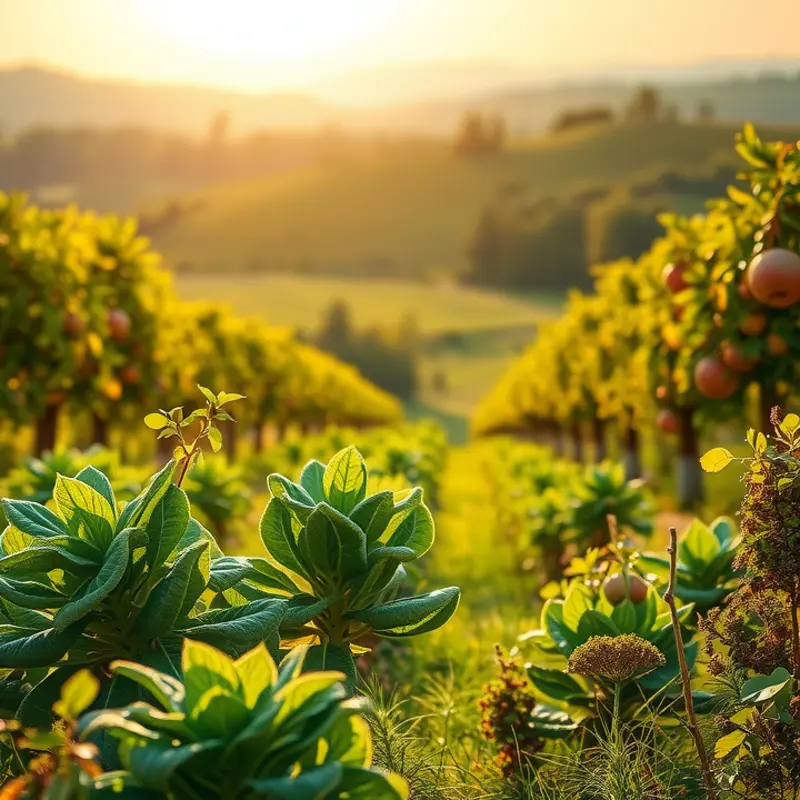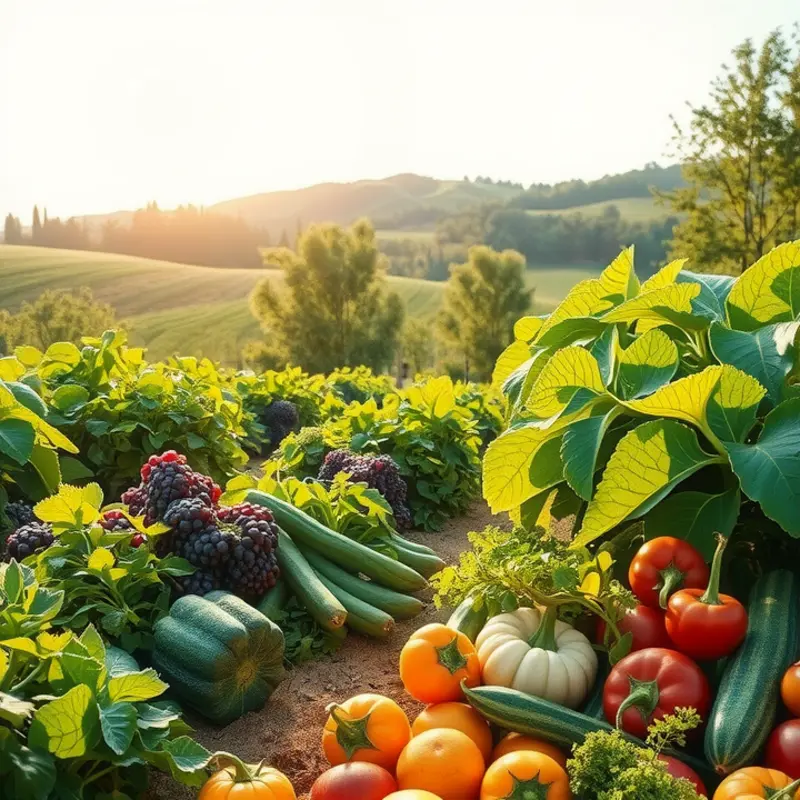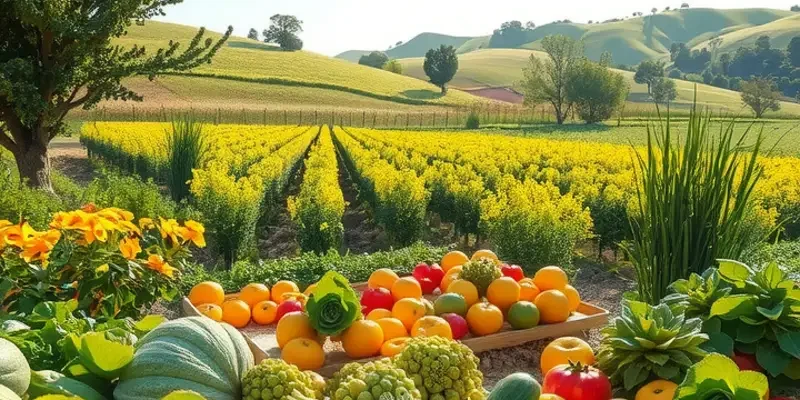Blooming spices is a simple technique that can elevate any dish, unlocking a world of flavor and aroma. Whether you’re an experienced chef or just starting in the kitchen, learning how to bloom spices can transform your cooking. This article guides you through the process of blooming spices and provides practical tips to get the most out of your pantry staples. By the end, you will confidently incorporate this technique into your everyday cooking, enhancing the taste and depth of your meals.
Understanding the Science of Blooming Spices

Blooming spices is a technique that unlocks hidden flavors by releasing essential oils and compounds. The process involves heating spices in oil or fat to enhance their aroma and taste. This method is rooted in science, making a substantial impact on your culinary creations.
The secret to blooming lies in the cell structure of spices. Whole spices consist of protective outer layers that encapsulate oils and volatile compounds. When these structures are gently heated, they crack open, allowing the aromatic oils to disperse. In contrast, ground spices are more readily accessible but can still benefit from blooming as it intensifies their flavors.
Each spice carries unique compounds contributing to its aroma and taste. For example, cumin contains cuminaldehyde, which offers spicy warmth, while coriander is rich in linalool, lending it a sweet and floral note. Blooming amplifies these characteristics, resulting in a more robust flavor profile.
Not all spices require blooming, but many do benefit from this technique. Whole spices like cumin seeds, coriander seeds, and mustard seeds are prime candidates. Tender spices, such as paprika or turmeric, also respond well, unlocking deeper nuanced flavors.
To bloom spices effectively, consider the following methods:
-
Oil or Fat: Heat oil in a pan until shimmering. Add the spices and gently stir until they change color and release their aroma. This method is perfect for sautéing or as a base for curries.
-
Dry Roasting: For whole spices, dry roast in a skillet until they start popping. This method is ideal when you want to grind them fresh for use, ensuring vibrant flavors in your dish.
-
Tempering: This involves swiftly heating spices in hot oil, creating a flavorful ‘tadka’. The process enriches soups and stews, adding a depth of flavor that enhances the overall dish.
Understanding the science behind blooming empowers you to elevate your cooking. It aligns with techniques for enhancing flavor without relying on excessive salt or additives. For more ways to boost flavor, check out Flavor Boosters Without Salt.
Experimenting with blooming opens a new dimension of taste in your kitchen. Whether using whole or ground spices, mastering this technique brings out the best in each ingredient, leading to more aromatic and flavorful dishes.
Practical Techniques to Bloom Spices

Blooming spices is a transformative technique that releases and intensifies their inherent flavors, enriching your culinary creations. This chapter delves into several effective methods for blooming spices and provides guidance on executing these techniques with precision.
Toasting is a traditional method that involves heating spices in a dry pan. To begin, preheat a skillet over medium heat. Once hot, add the spices and toast them while stirring frequently. The aroma should shift to a warm, fragrant scent, but caution is needed to prevent burning. Generally, this process takes 2 to 5 minutes. Ideal spices for toasting include cumin, coriander, and fennel seeds.
Sautéing involves cooking spices in oil to enhance their flavor profile. Begin by heating a tablespoon of oil such as canola, grapeseed, or extra virgin olive oil, in a pan over medium heat. Add the spices and sauté them for approximately 30 to 60 seconds until aromatic. Be careful not to let the spices char, as this will result in a bitter taste. Sautéed spices, like curry powder or ground cumin, are excellent for building complex layers of flavor in dishes.
Infusing spices in oil is perfect for creating flavored oils and sauces. Warm the oil gently without letting it reach smoking point, then add whole spices. Maintain a low heat until the essence transfers into the oil, usually for 15 to 30 minutes. Strain the oil afterward to remove the spices. Garlic and star anise work well with this method.
Microwave Toasting can be handy for quick results. Place the spices in a glass or ceramic bowl and microwave them in 20-second intervals, stirring in between, until they’re aromatic. This approach retains the spice’s volatile elements and avoids the high heat that can cause burning.
Oven Roasting is suitable for larger batches of whole spices. Preheat the oven to 350°F (175°C), spread the spices on a baking sheet, and roast them for 5 to 10 minutes until fragrant, checking frequently to prevent over-roasting. Use this method for spices like peppercorns and cardamom pods.
While exploring these techniques, remember that the choice of oil and spices can deeply influence the final dish. Consider integrating these flavor-enhancing techniques without relying on extra salt.
Culinary exploration is both an art and a science. By mastering these techniques for blooming spices, you unlock not only flavor but also cultural and sensory experiences tied to various cuisines. Experiment with your spice collection and embrace the enhanced taste dimensions that blooming can bring to every meal.
Final words
Blooming spices is an accessible technique that elevates your cooking with minimal effort. By understanding the science and applying the practical methods shared in this article, you’ll add depth and richness to your dishes. Experiment with different spices and discover how even the simplest recipes can be transformed into enticing meals. Keep practicing, and don’t hesitate to share your culinary creations with family and friends; they’ll be amazed at the enhanced flavors you achieve. Remember, a little patience in blooming your spices goes a long way in creating memorable meals.







